ADVERTISEMENT
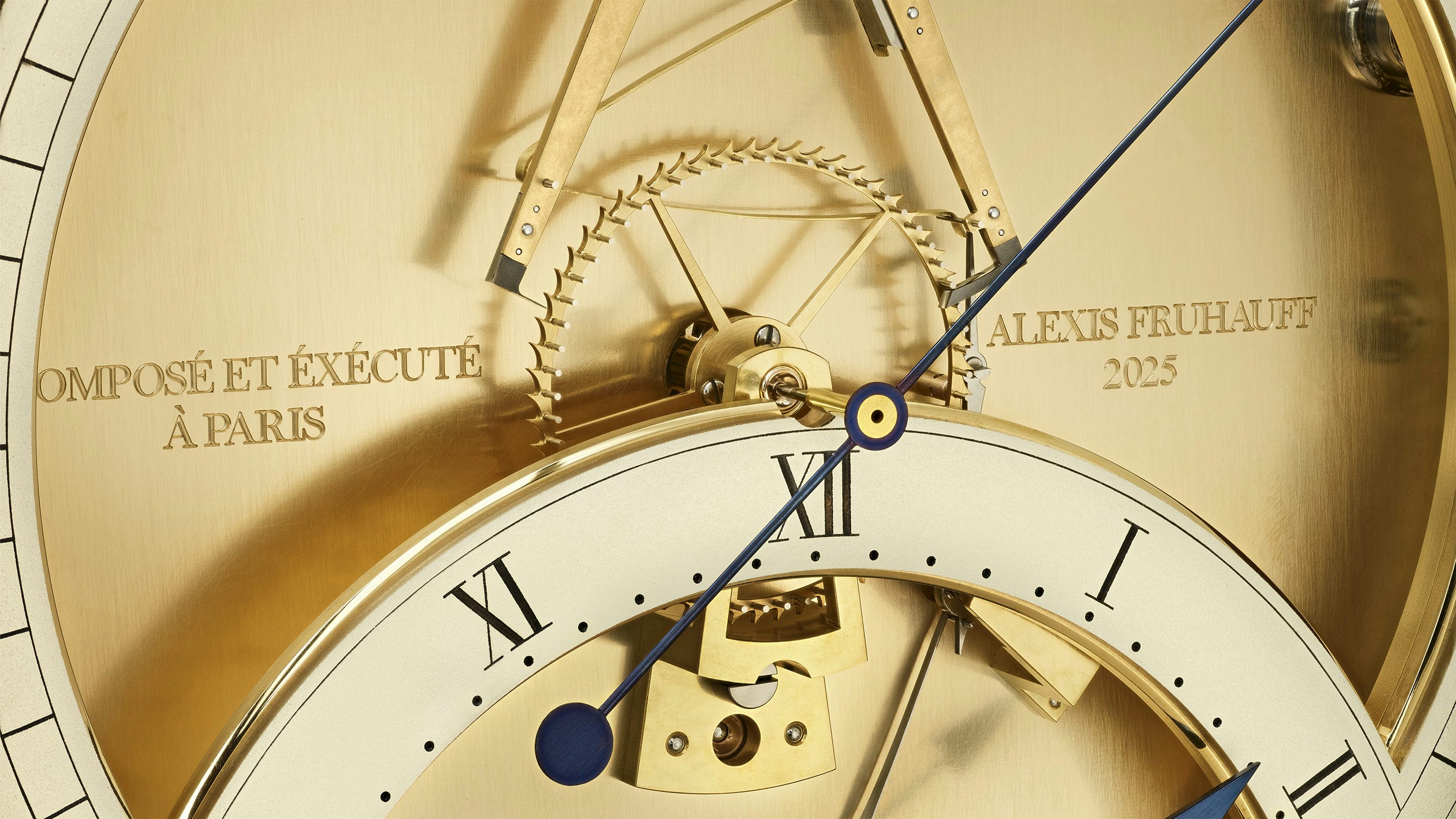
Alexis Fruhauff doesn't mind going against the grain. While much of the horology industry focuses on high-profile wristwatches, the young Paris-based talent has zeroed in on clockmaking. It's a choice that's served him well in his budding career, and in April, he won the prestigious F.P.Journe Young Talent Competition.
Alexis Fruhauff
It's a notable prize that aims to identify and highlight a single watchmaker whose work reflects technical achievement, traditional craftsmanship, and perhaps most importantly, the audacity to explore new interpretations of timekeeping. Fruhauff took the win for his Pendule à Seconde, as seen below, a table clock combining traditional craft with modern techniques. With its CHF 50,000 prize and peer recognition, the award has become a proven starting point for creative horologists. And for Fruhauff, a graduate of Lycée Diderot in Paris, it's proof that going against established trends can be the right path to follow.
The F.P.Journe Young Talent Competition was launched in 2015 by François-Paul Journe, with support from The Hour Glass, and is one of the few key prizes awarded to emerging watchmakers and students. The jury includes Journe himself, as well as key industry figures such as Philippe Dufour, Andreas Strehler, and Giulio Papi. The prize is open to students, apprentices, and self-taught watchmakers aged 18 to 30. Previous winners include Thomas Aubert, the 2024 winner, with his key-wound Séléne wristwatch, and Norifumi Seki, who presented a deeply fascinating moon-phase pocket watch. In 2018, the prize was shared between Charles Routhier, Rémy Cools, and Théo Auffret. Another up-and-coming French watchmaker, Auffret, was featured in a story here back in 2021 and will be part of a new venture with the 29-year-old Fruhauff.
Unlike awards like the GPHG, the Oscars of the watch world, the F.P.Journe Young Talent Competition casts a broader net. Fruhauff's Pendule à Seconde is a perfect example of this approach, combining both traditionally challenging and modern innovative techniques in the off-trend shape of a table clock. As a fan of early 20th-century architecture, I enjoy the monolithic qualities of the case. To my eyes, there are touches of Frank Lloyd Wright and delicate hints of a Japanese pagoda roof in the cherrywood top. The case itself measures 55 x 32 x 23 cm, and, besides being an intricate and unique piece, it has set Fruhauff on a path of bringing French clockmaking back into the limelight.
The clock itself features a pivoted detent escapement with the lost beat and an adjustable pendulum, and was conceived by Fruhauff from a virtual blank sheet. This included making his own watchmaker's tools, and the project spanned three years. The solid cherry wood architecture pays tribute to the 18th-century era style and materials and was also inspired by the work of watchmakers Antide Janvier and Paul Garnier. To learn more about the movement details, go to the dedicated page of the Young Talent Competition. For now, let's delve deeper into Fruhauff's inspiration and his upcoming Paris venture in an interview with the young watchmaker. This interview has been edited for clarity.
Thor Svaboe: What got you into watchmaking?
Alexis Fruhauff: The rarity of the craft had a strong influence on me when I was young. It's not every day that you meet a watchmaker. There are very few schools and even fewer practitioners. I often spent my holidays in Prémanon, in the Jura region near the Swiss border, and Geneva, where I first got access to watch magazines. I was fascinated by the photos of complicated movements as a child. There's something magical about elevating every mechanical component in a high-end timepiece. Coming from a family of mechanics, my grandfather in automotive and my father in aeronautics, I naturally felt drawn to mechanics on a much smaller scale.
T.S. And why the focus on clocks rather than wristwear?
A.F. Over time, I became much more passionate about antique clocks. French clockmaking once held immense cultural importance. You can see that when visiting great historic estates like Versailles or Fontainebleau. And today, very few people in France are still practicing what I would call Haute Pendulerie Traditionnelle. The clock market is relatively unknown and far more niche than the watch industry; I enjoy that challenge. I think it's a shame that there are so few truly high-end, traditional, yet modern clocks available for serious horology enthusiasts. A clock brings life to a room, an apartment, or a home. It's an object you can share with others, appreciate from a distance, and cherish across generations. It's all these qualities that make me love clockmaking.
T.S. Many, if not most, graduate watchmakers start by spending their first few years in further training, gaining experience from established makers. You've chosen a bolder route, having received the keys to a central Paris location this week, where you plan to open an atelier this fall with Theo Auffret and the futuristic cool kids of SpaceOne. Tell us all about it.
A.F. The workshop is located at 10 Place des Victoires, formerly known as Place Louis XIV. This historic square marks the boundary between the 1st and 2nd arrondissements of Paris. The premises cover a total of 183 m², arranged as a duplex across the third and fourth floors. On the third floor, we'll have the clockmaking area, along with our light machinery. On the other side of the floor, the SpaceOne area faces the Church of Notre-Dame-des-Victoires. The fourth floor will be dedicated to Auffret's Paris workshop and to receiving clients, and on the first floor, there will be a dedicated SpaceOne showroom.
The layout is ideal: each entity (SpaceOne, my clockmaking studio, and Auffret Paris) can host clients independently without disturbing the others. If a client is coming exclusively for Auffret Paris, there's no need to pass through the other spaces. When we heard that a space had become available there, we jumped at the opportunity. It's a dream location, just next to the Palais Royal Gardens, near one of the most beautiful, covered passages in Paris (Galerie Vivienne), close to the Louvre, and steps from the Banque de France. The area is steeped in history.
To me, Alexis Fruhauff's bold move, together with SpaceOne and Theo Auffret, is another sign that French watchmaking is on the rise. We also have an exclusive from the group, and that is the news that Theo Auffret is in the closing stages of acquiring the historical brand Lépine. This points to another vintage French brand revival on the horizon, adding to the reasons for adding 10 Place des Victoires to your Paris travel itinerary later this year. Watch (or clock) this space.






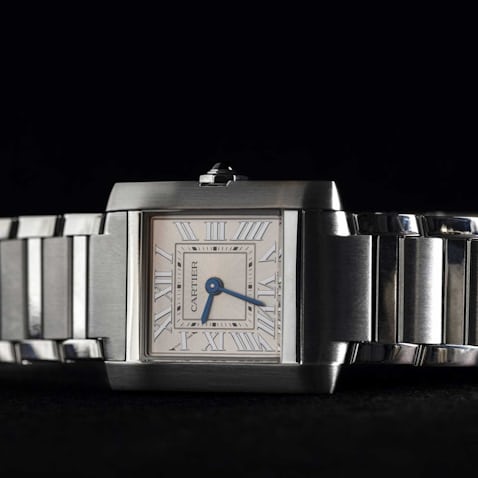

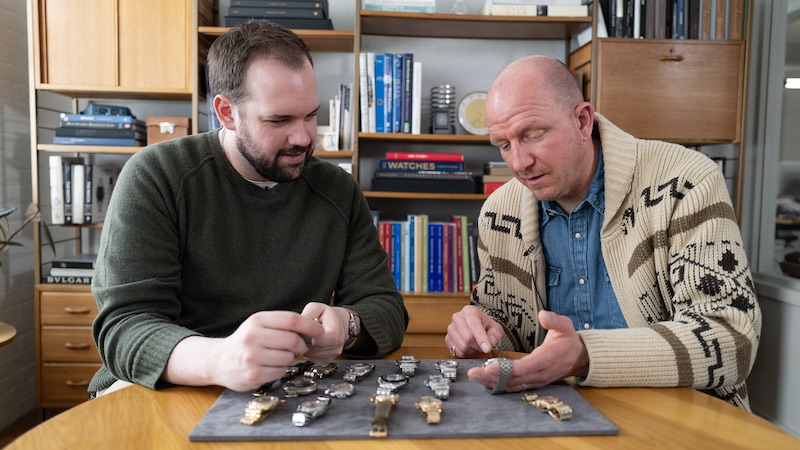


















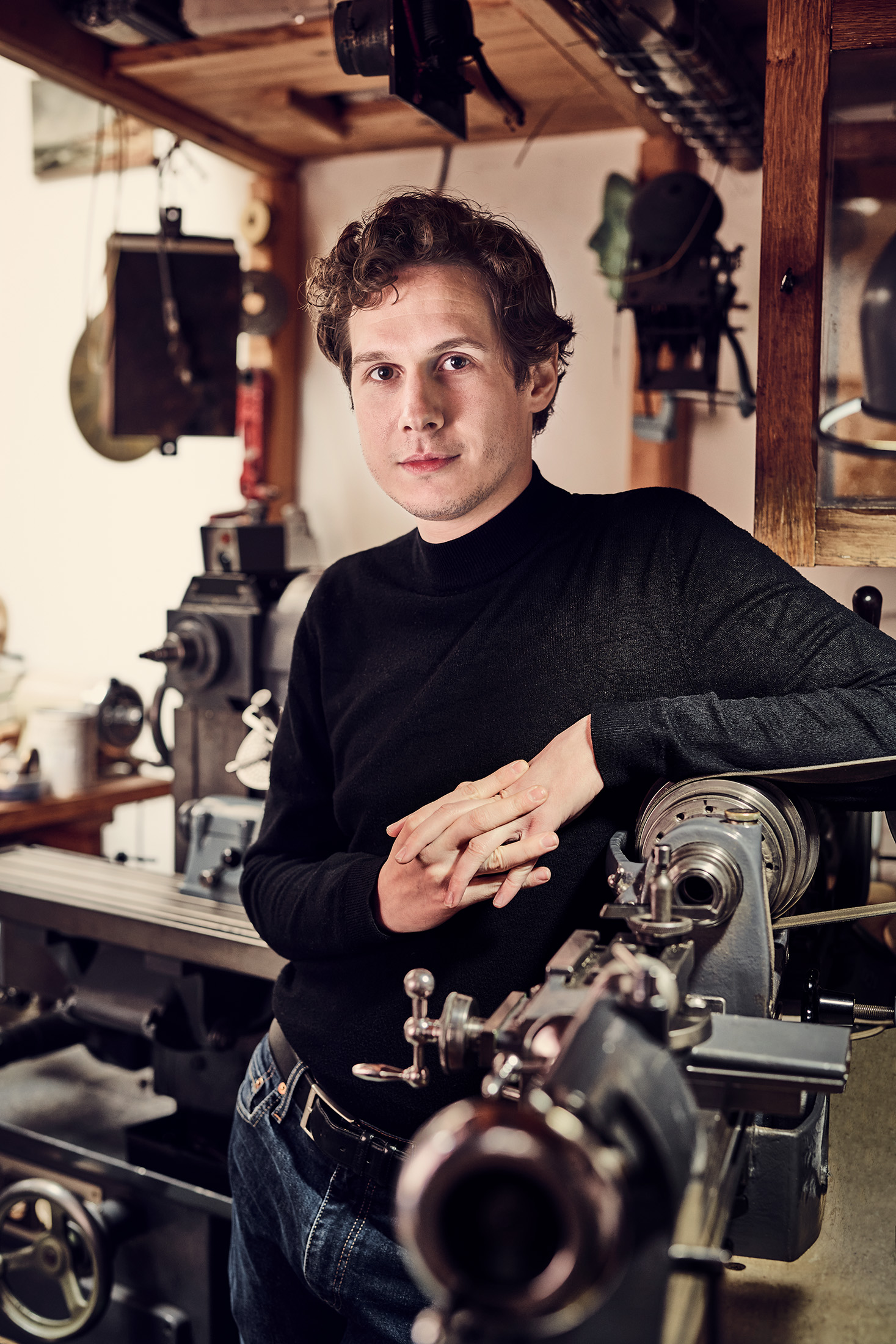
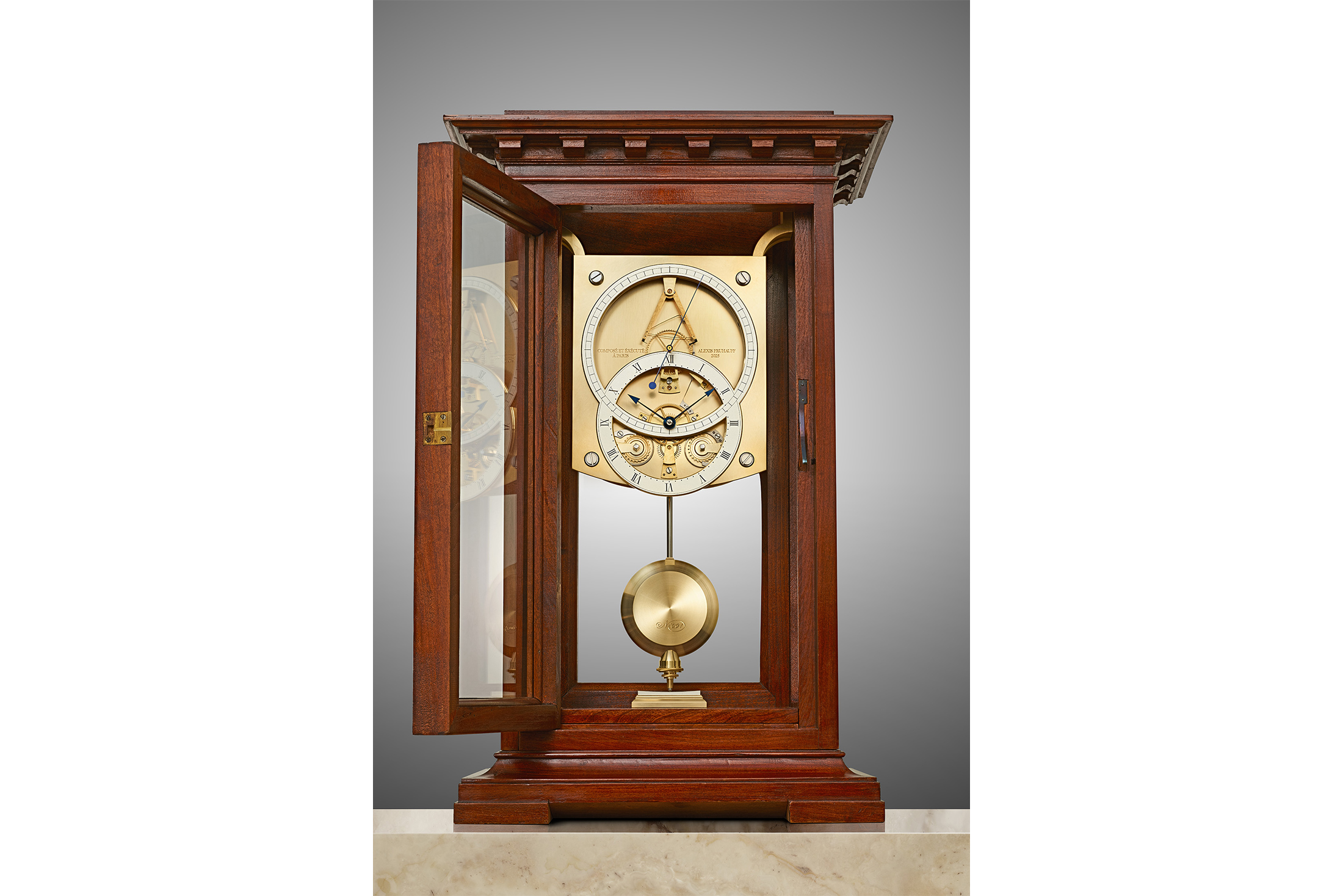
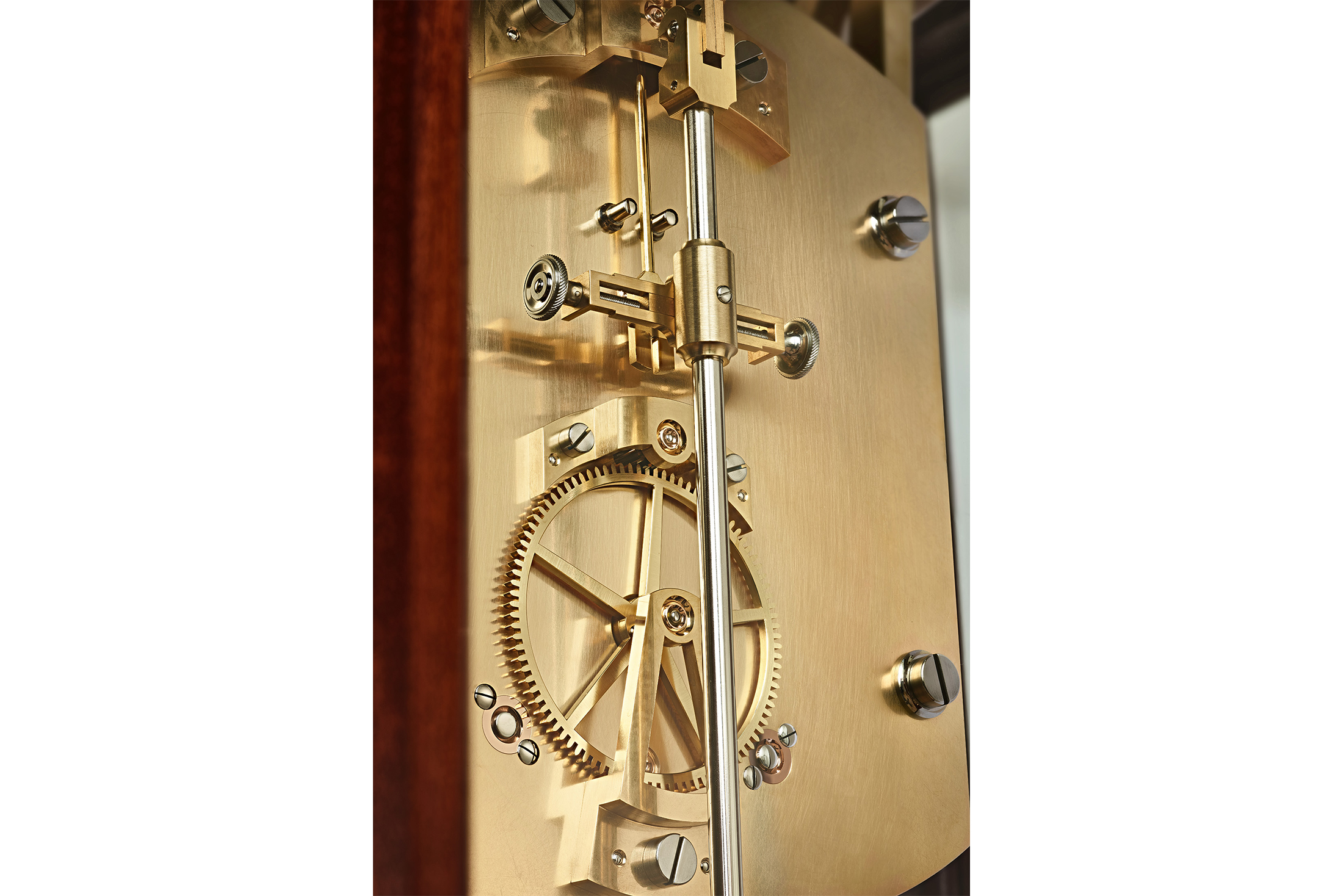
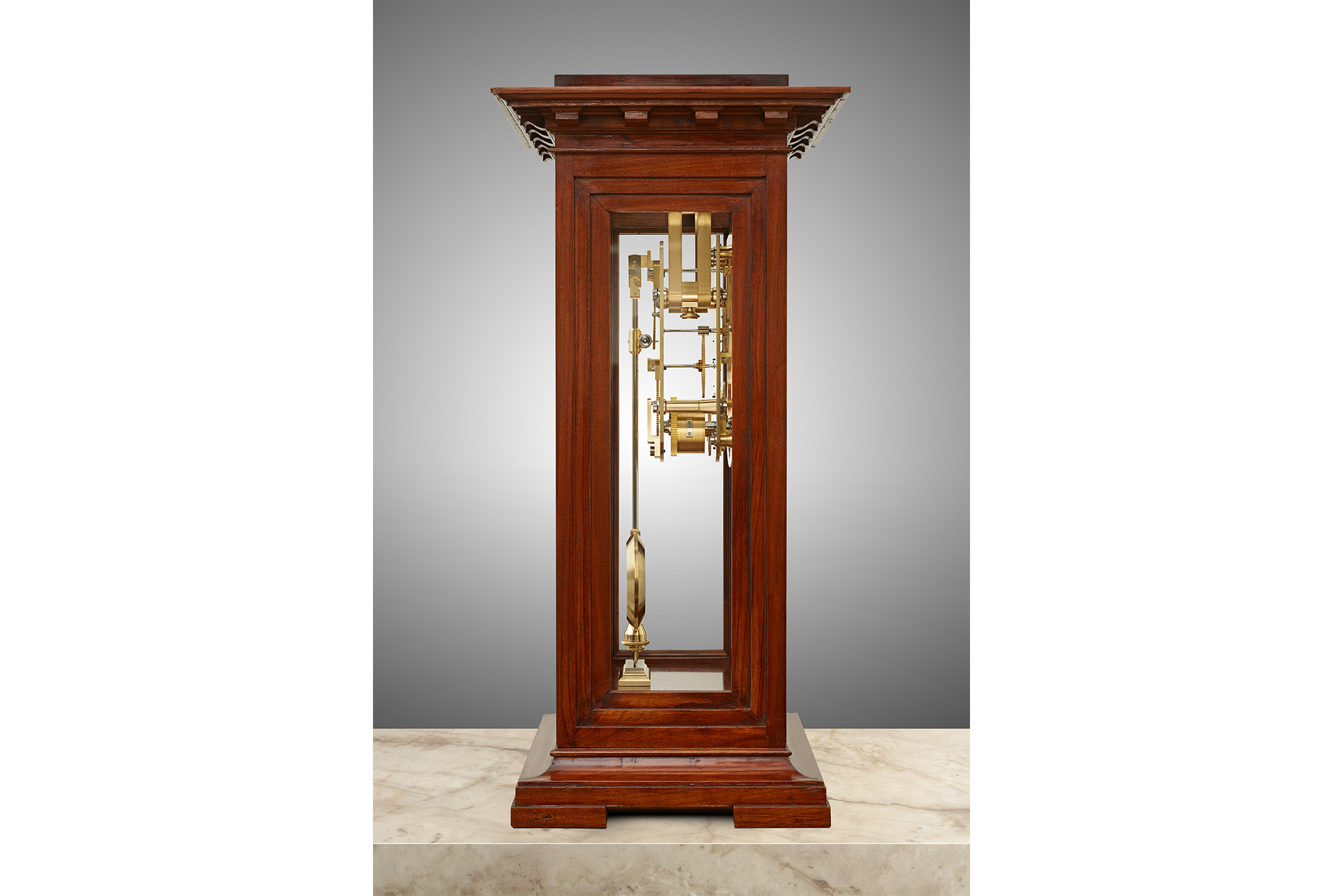
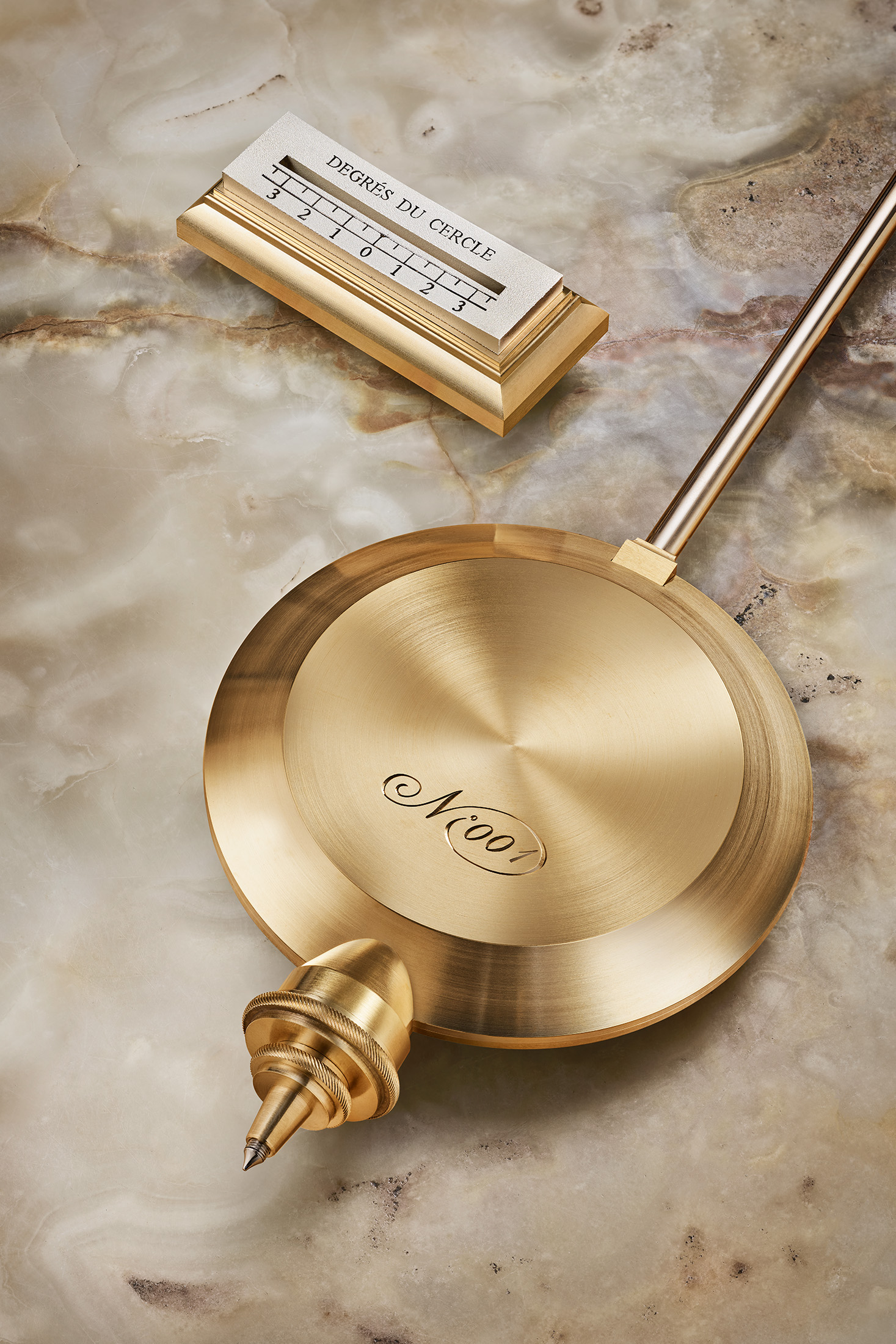
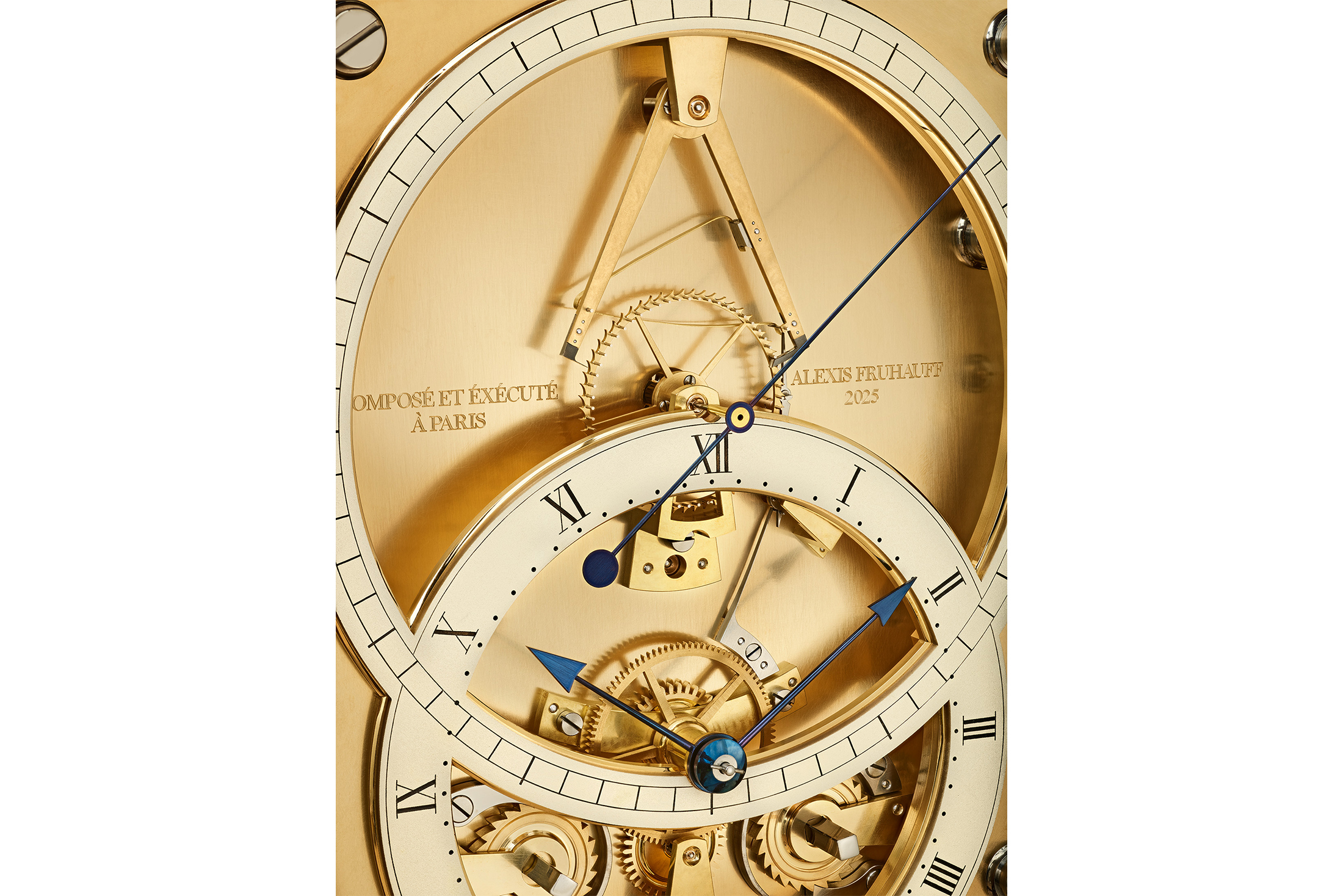
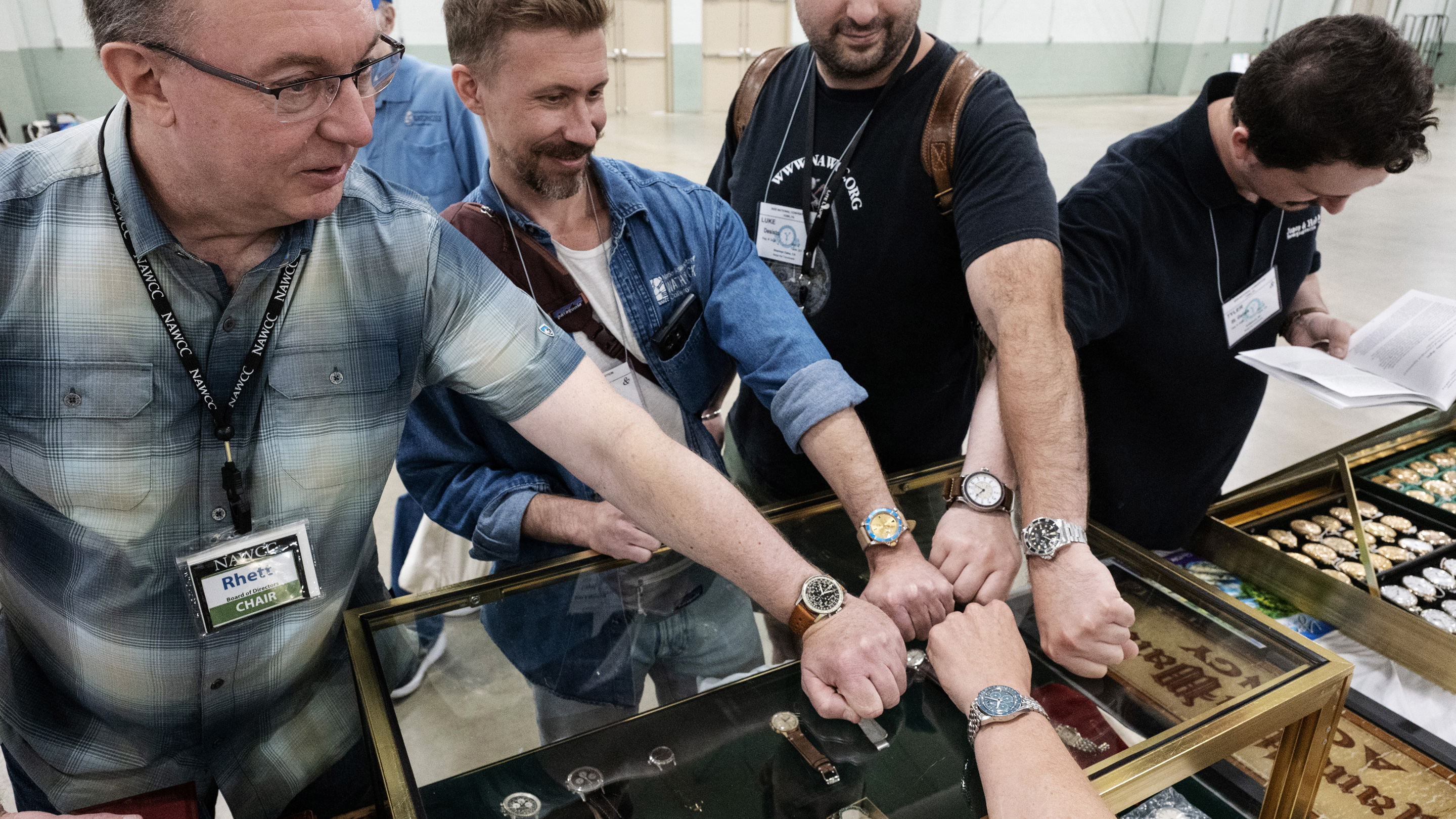








Top Discussions
Introducing The Zenith x Time+Tide Defy Skyline Skeleton 'White Surfer' Ceramic
Photo Report Pitti Uomo Summer 2025
Hands-On The Ianos Dytis Diver